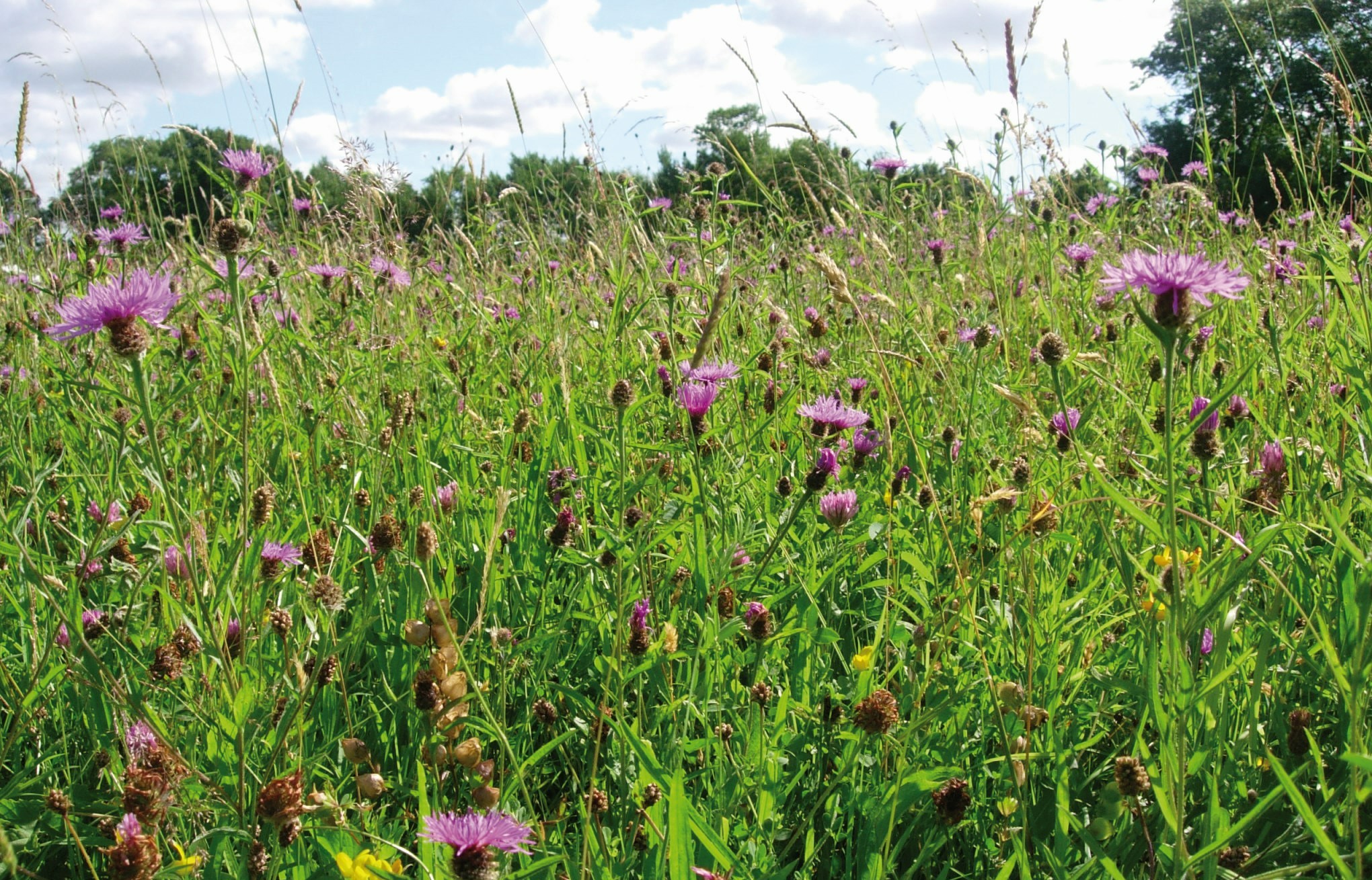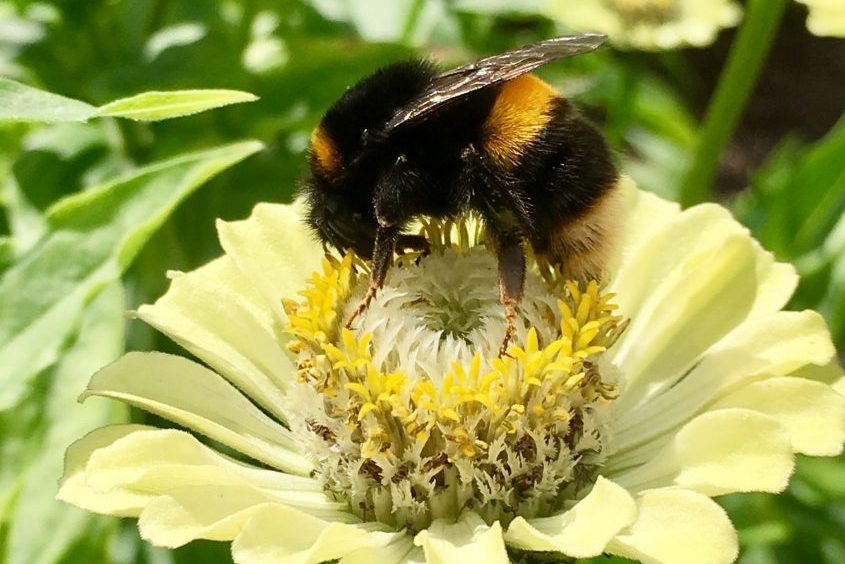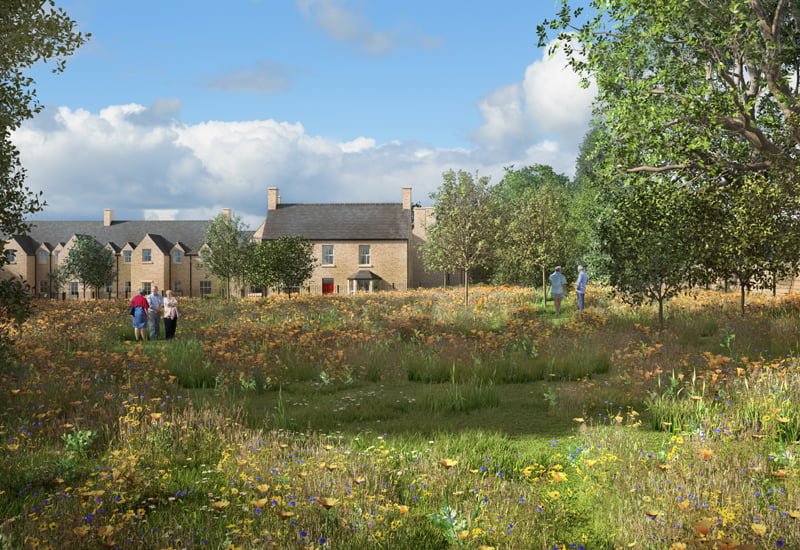Light spill from development can have significant impacts on light sensitive species, such as invertebrates, bats and birds. Steve Maguire and Alison Carroll review the issue.
The significance of lighting as an issue for wildlife is highlighted in publications prepared by organisations such as the Bat Conservation Trust (BCT) and Buglife. These note the increase in the distribution and intensity of artificial light in the past few decades and its potential to significantly disrupt species and ecosystems. The need to carefully consider lighting as part of development proposals is recognised.
Impacts on species vary. Artificial light can disturb invertebrate feeding, breeding and movement, which may reduce and fragment populations. Invertebrates, such as moths, can also be attracted to lights and it has been estimated that as many as a third of flying insects will die as a result of their encounter2. Lighting can also disrupt daily rhythms, with birds noted singing by the light of a street lamp1. The detrimental impact of lighting on bats is also well recognised. Light falling on a bat roost exit point, regardless of species, will at least delay bats from emerging, which shortens the amount of time available to them for foraging. Bats may even abandon the roost. Lighting can also affect feeding behaviour and commuting, with continuous lighting along roads creating barriers that some bat species cannot cross1.
The importance of the issue is recognised in planning policy and decision-making. The National Planning Policy Framework3 (NPPF) notes that development should, “limit the impact of light pollution from artificial light on local amenity, intrinsically dark landscapes and nature conservation”. There is also an accompanying Planning Practice Guidance document on Light Pollution4. Local level policies also apply. For example, Bath and North East Somerset Council (B&NES) Policy D8 expects new developments to: “…reduce or at best maintain existing light levels to protect or improve the darkness of rivers, watercourses or other ecological corridors…”5 , while the B&NES Environment and Design team has issued planning guidance relating to light spill along the city’s waterways6. The Torbay Local Plan7 includes a requirement for development within the Brixham strategic delivery area to provide mitigation measures to ensure, “no increase in lighting in bat flyways to greater than 0.5 lux” (Policy SDB1).
The recent Eurobats publication on bats and lighting8 highlights the responsibility of the various EU member states to consider the impacts of lighting on bats and provides an in-depth review of research carried out on the subject. It also provides examples of planning context, assessment requirements and mitigation.
In recent years we have worked on a number of projects where lighting has been a potentially significant issue. This has been particularly the case for development projects along the River Avon in Bath. The key ecological issues included the designation of the River Avon as a Site of Nature Conservation Importance (SNCI) and its use as an important habitat for bats, linking with the Bath and Bradford on Avon Bats Special Area of Conservation (SAC). Early survey work and detailed liaison with B&NES, Natural England and lighting engineers highlighted the need for sensitive riverside edge treatments and carefully considered lighting schemes to minimise lighting impacts on important habitats. Mitigation measures have included habitat creation and enhancement through improved riverside planting and the provision of replacement bat roosts. Inclusion of a detailed lighting strategy at an early stage was key in avoiding unnecessary delays and setbacks.
Our experience has highlighted the importance of working with lighting engineers with an understanding of the potential effects on wildlife and how to mitigate these through sensitive lighting schemes. Considerations include the location, height, direction, timing and type of lighting used. Whilst the Institute of Lighting Professionals has produced guidance on the reduction of obtrusive light9, undertaking environmental lighting impact assessments10 and the impact of obtrusive lighting on bats11 (co-authored with the BCT), specialist site-specific advice relating to wildlife must also be taken into account.
This article was written in November 2018 as a contribution to the EIA Quality Mark’s commitment to improving EIA practice.
1 Bat Conservation Trust, 2014. Artificial Lighting and Wildlife. Interim Guidance: Recommendations to Help Minimise the Impact of Artificial Lighting.
2 Buglife, 2011. A Review of the Impact of Artificial Light on Invertebrates.
3 Ministry of Housing, Communities and Local Government, 2018. National Planning Policy Framework. Cm 9680.
4 Ministry of Housing, Communities and Local Government, 2014. Light Pollution.
5 Bath and North East Somerset Council, 2017. Placemaking Plan.
6 Bath and North East Somerset Council, 2018. Protecting Bats in Waterside Developments
7 Torbay Council, 2012. Torbay Local Plan 2012 to 2030.
8 EUROBATS Advisory Committee, 2018. Publication Series No. 8: Guidelines for Consideration of Bats in Lighting.
9 Institution of Lighting Professionals (2011) Guidance Notes for the Reduction of Obtrusive Light. GN01:2011.
10 Institution of Lighting Professionals (2013) Guidance on Undertaking Environmental Lighting Impact Assessments. PLG04:2013.
11 Institution of Lighting Professionals & Bat Conservation Trust (2018) Bats and Artificial Lighting in the UK. Guidance Note 08/18.






